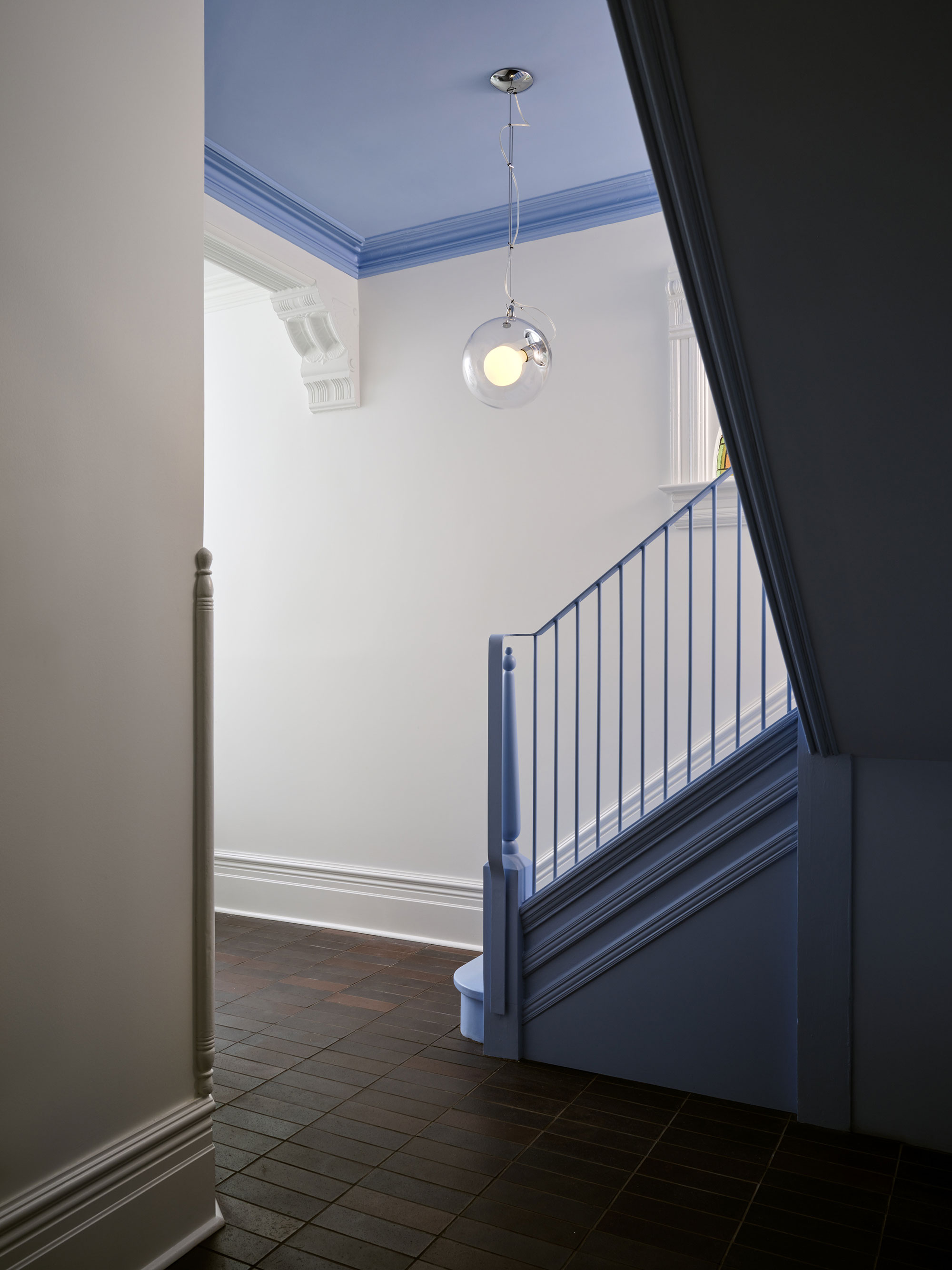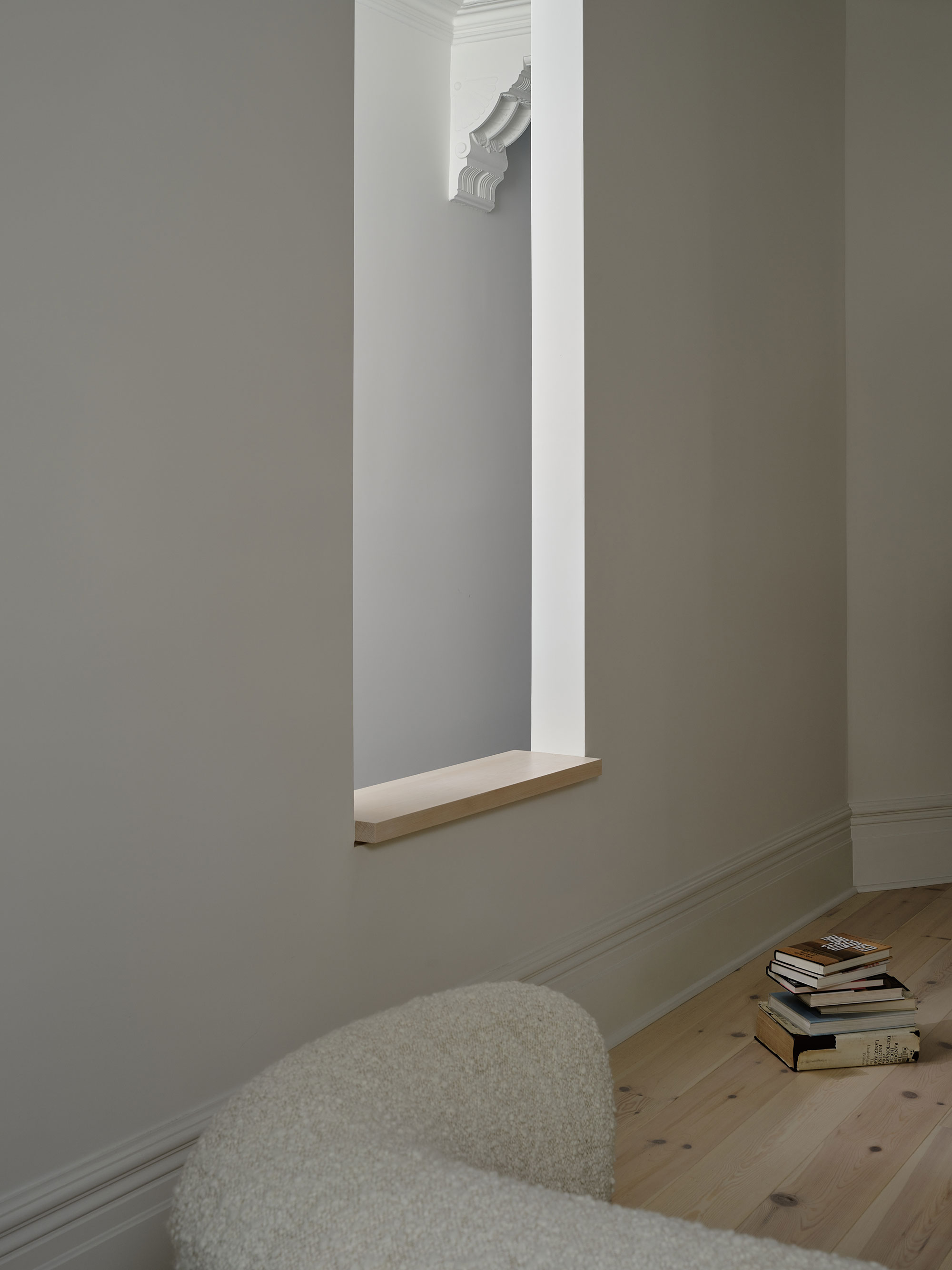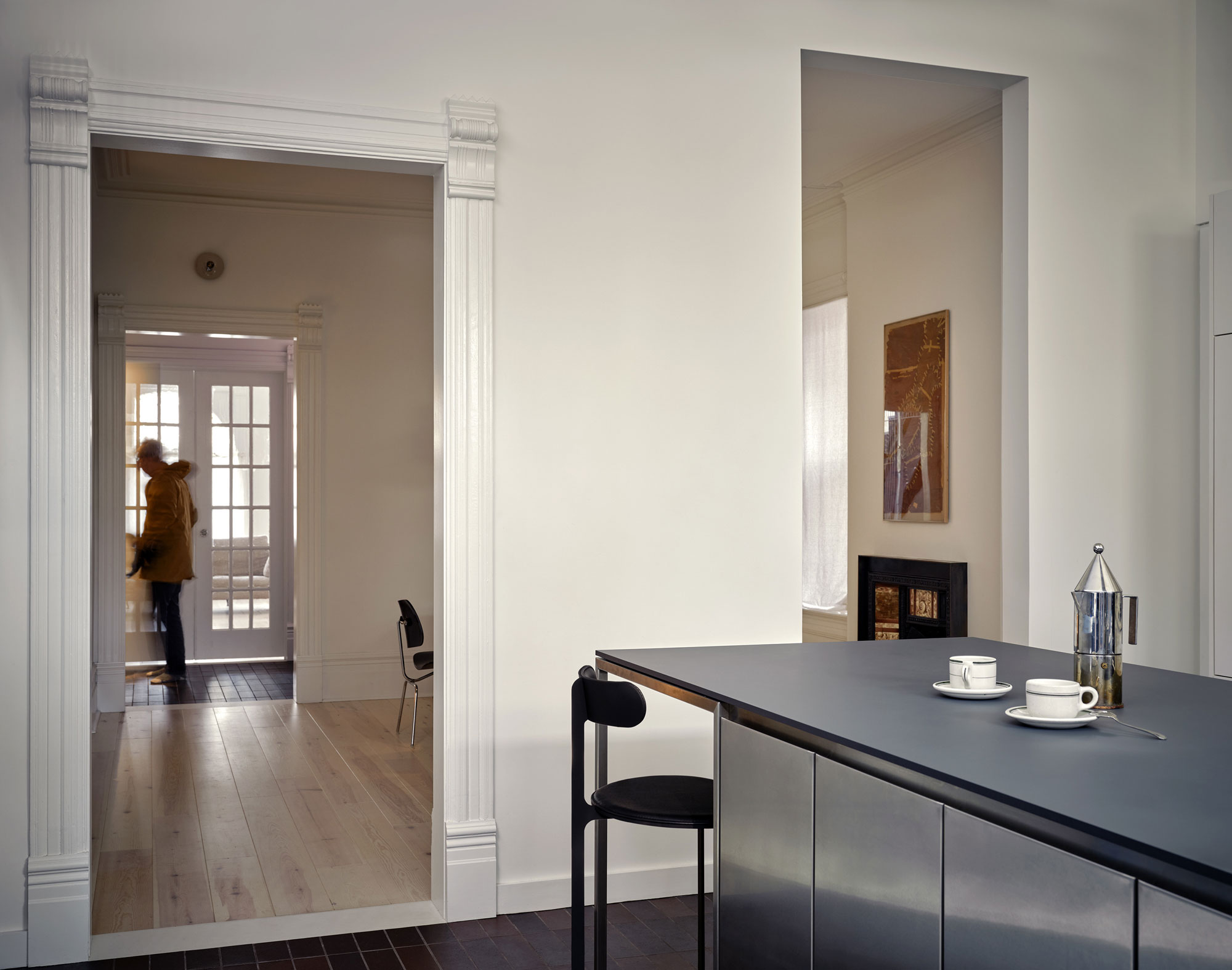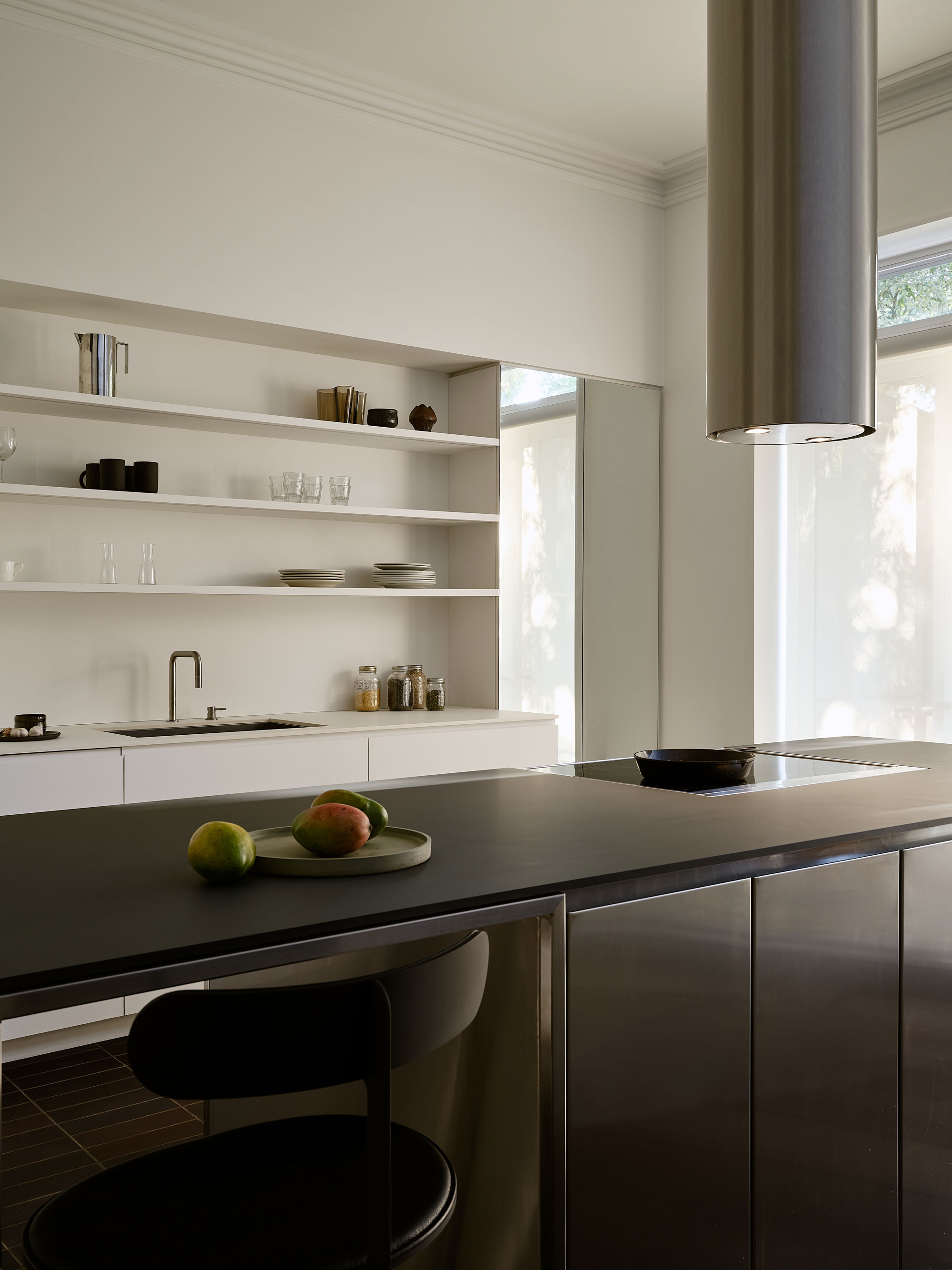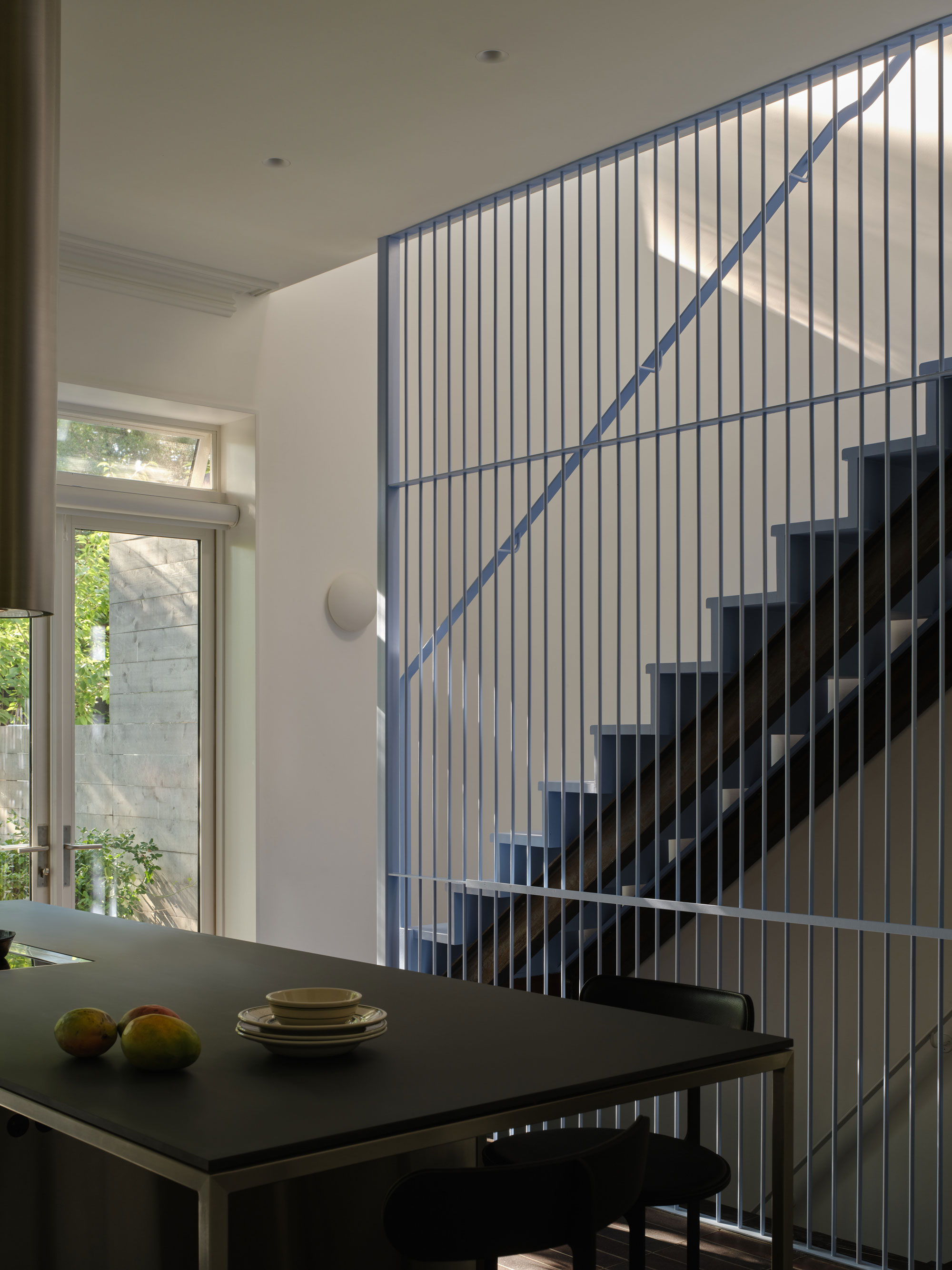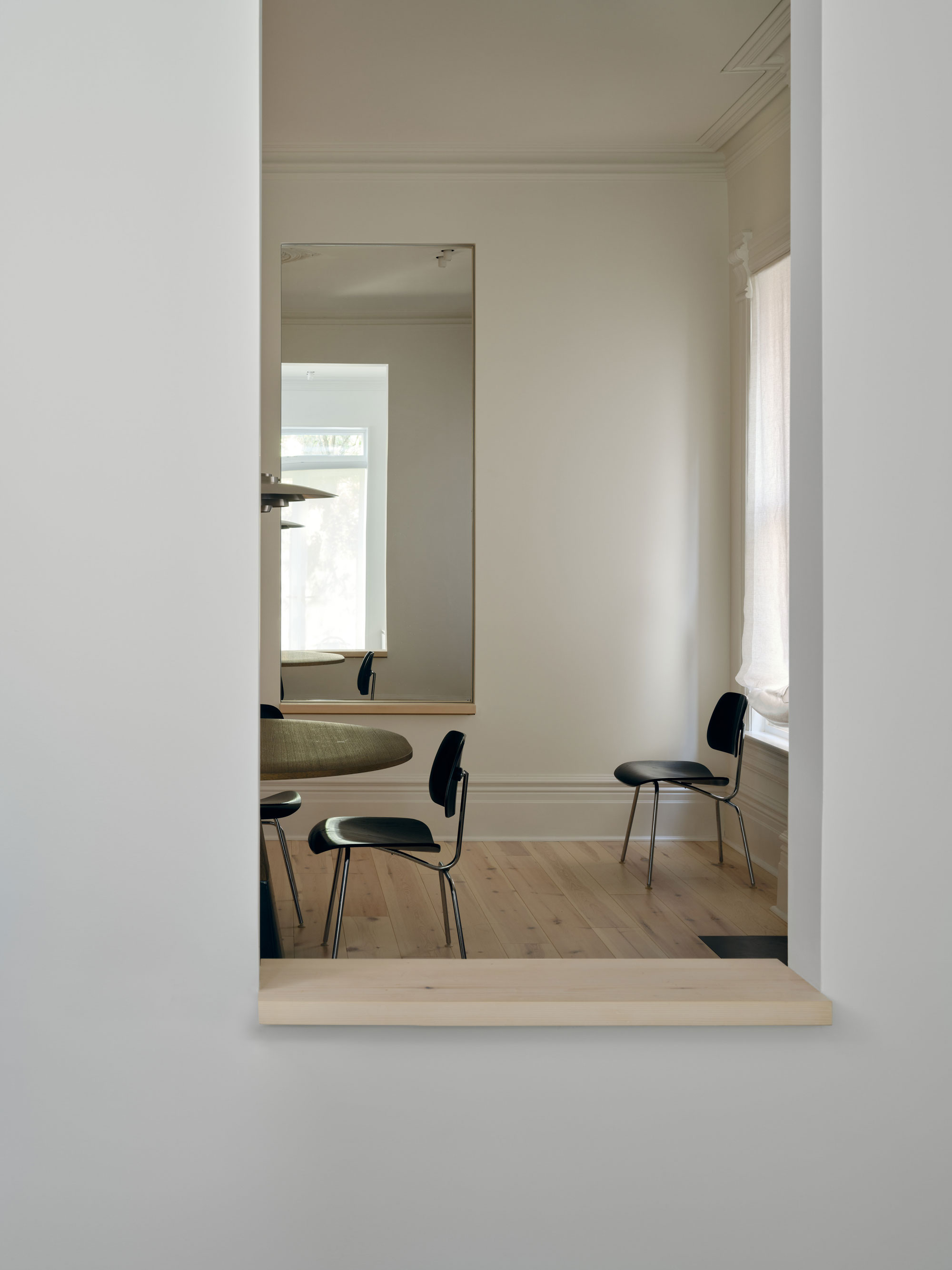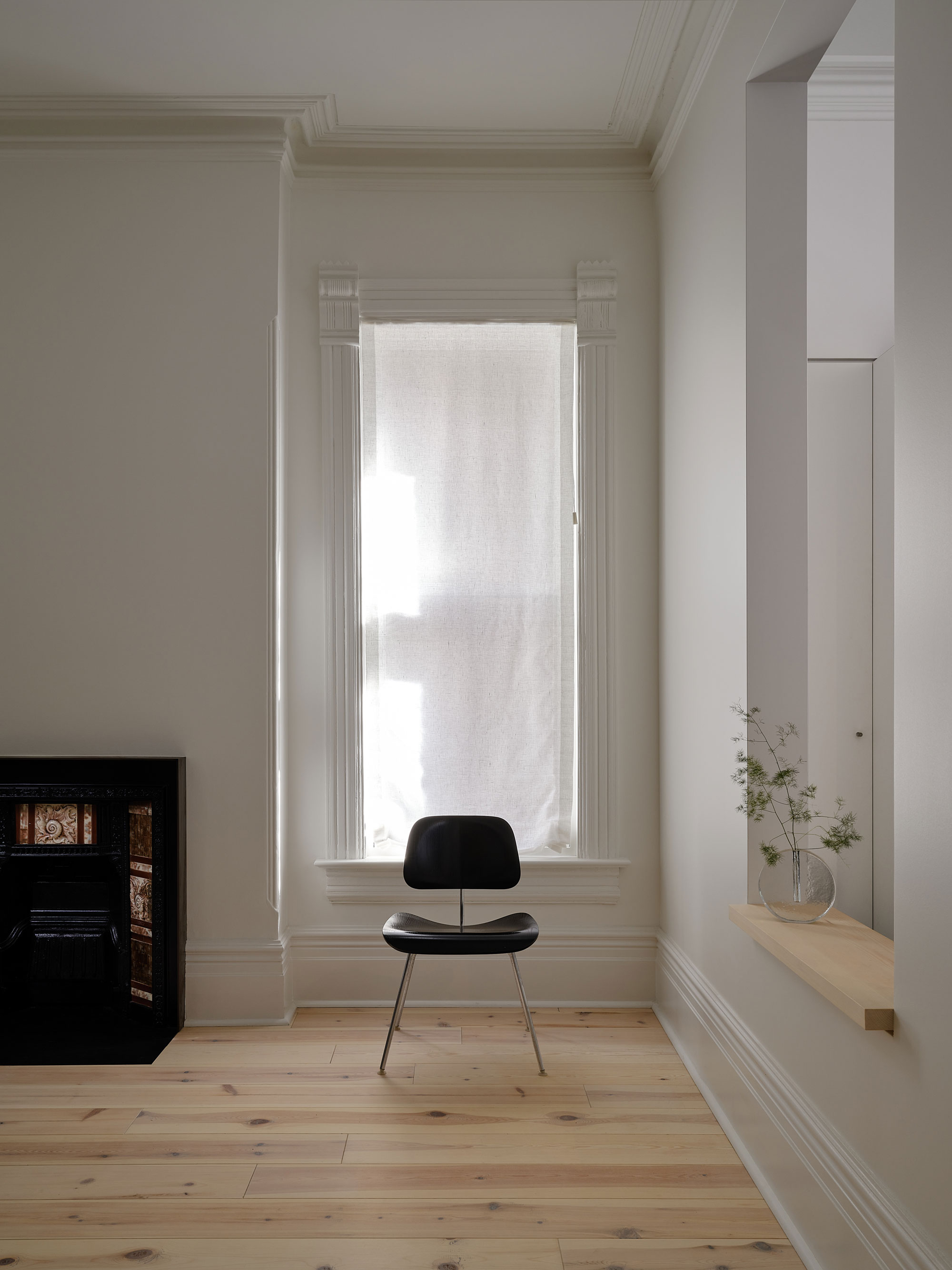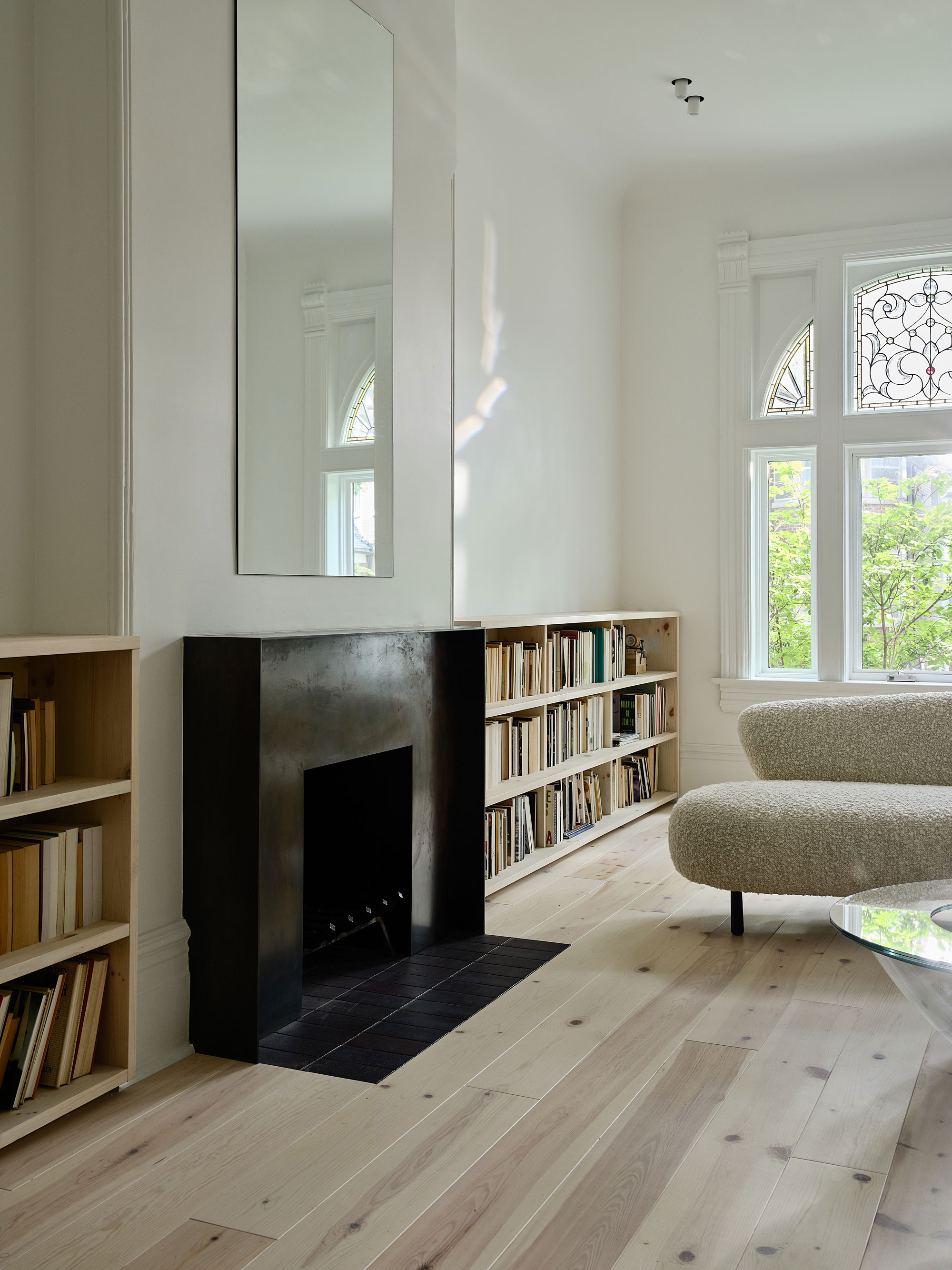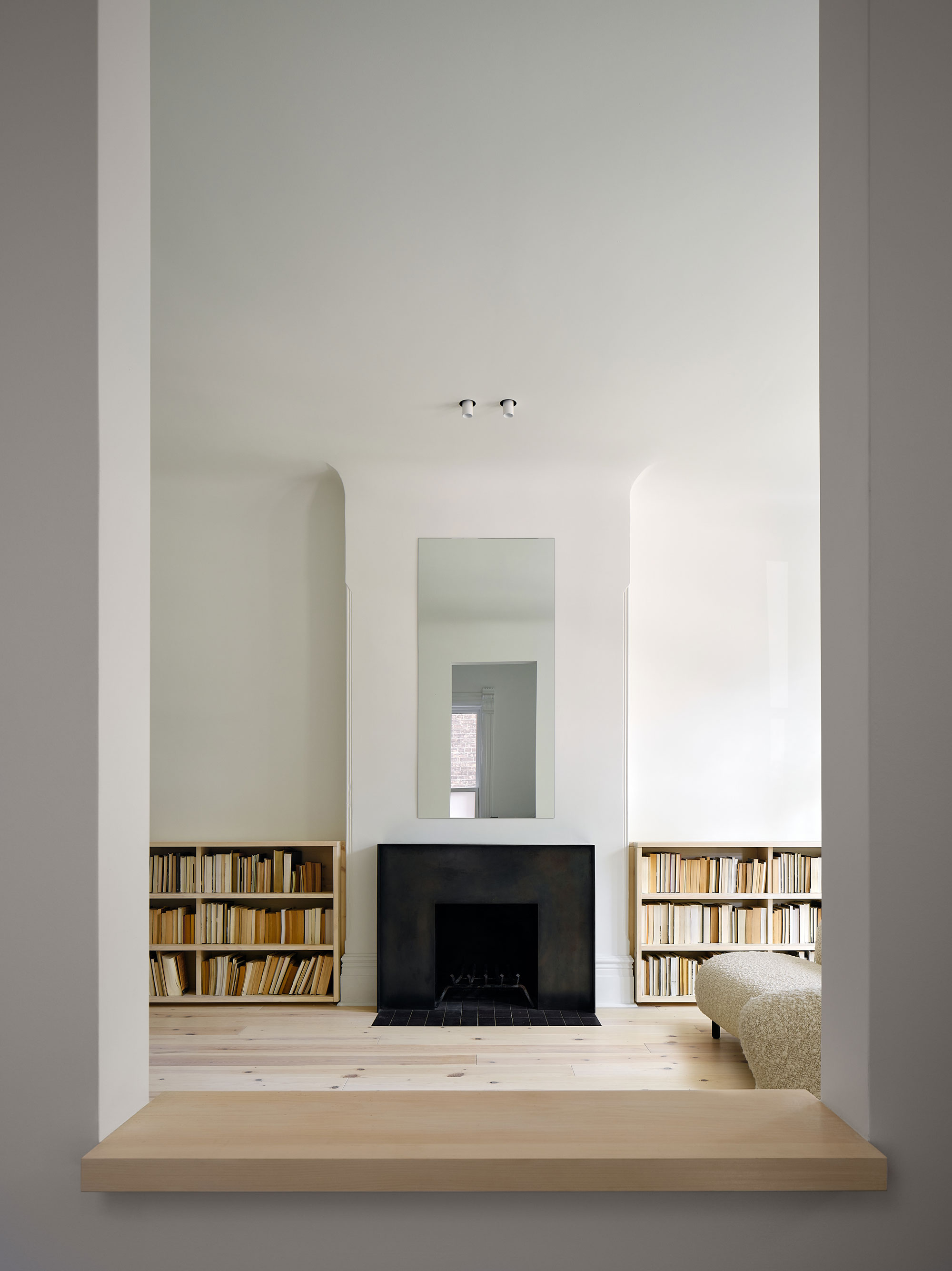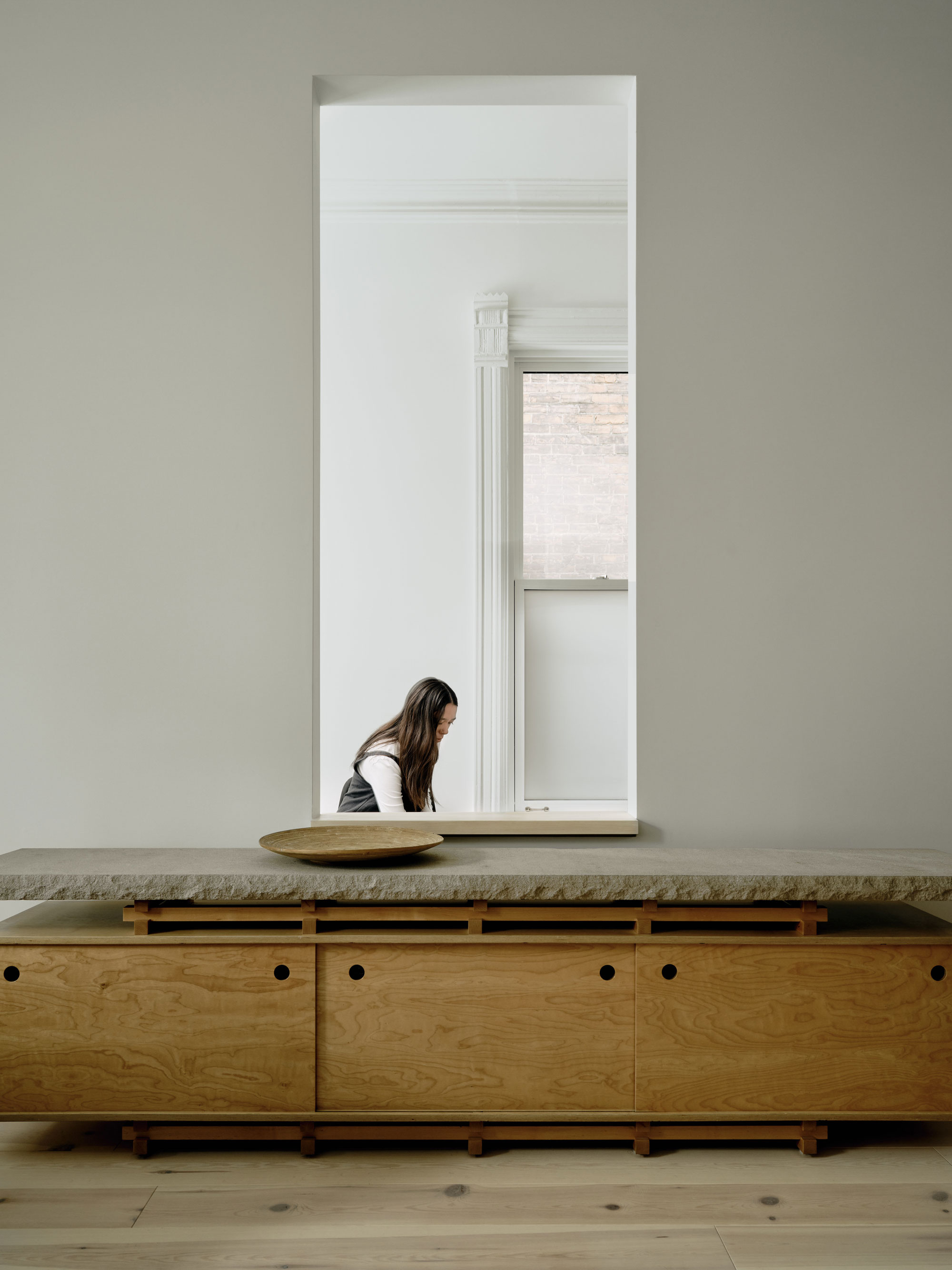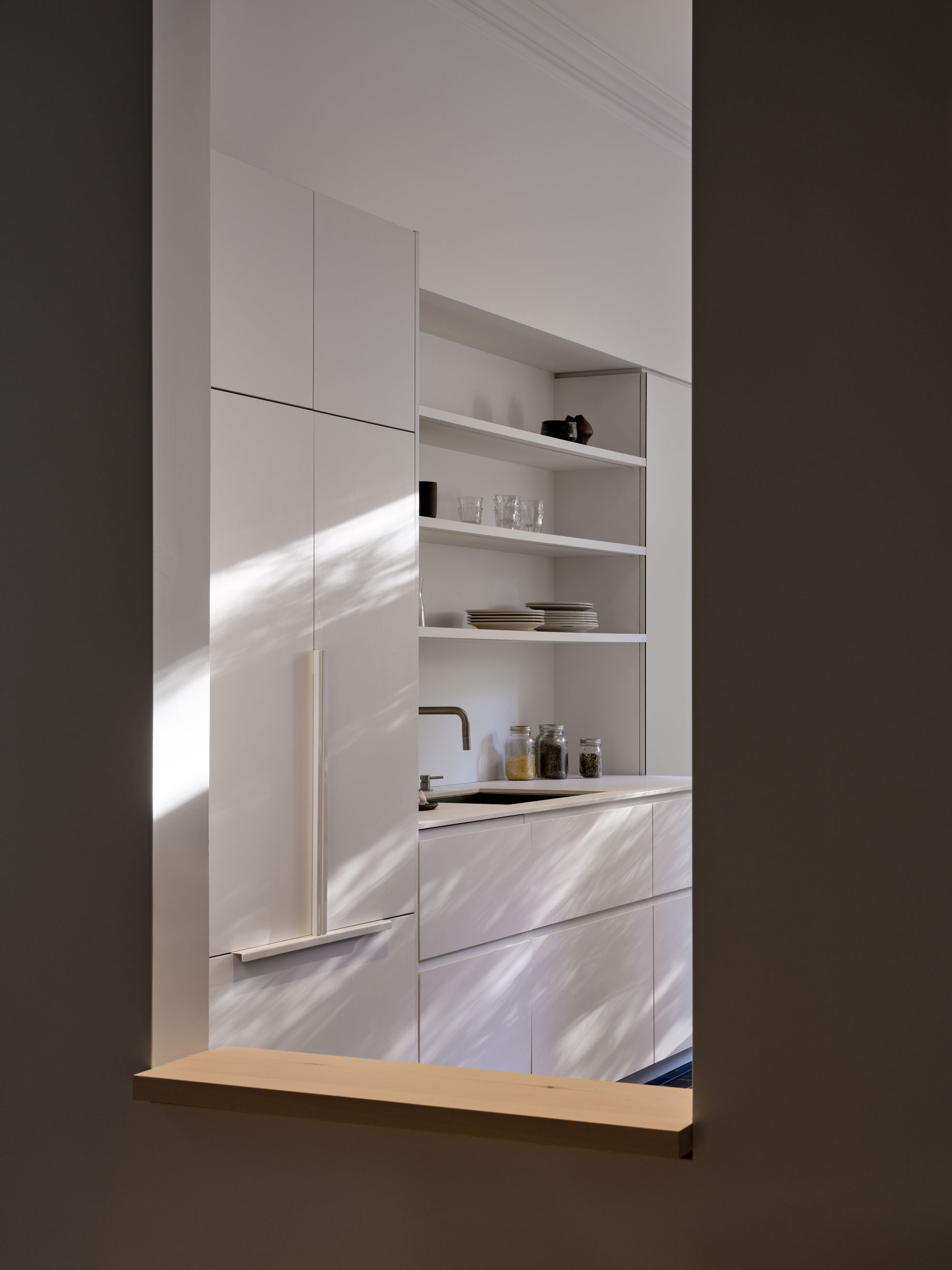A Victorian Home in Toronto Reimagined Through Light, Space, and Reflection by AMA/Anya Moryoussef Architect
Nestled in Toronto, Canada, Camera Lucida casts an almost ethereal aura, an alchemy of light and dark, old and new. It’s a dwelling reimagined, a dialogue between history and modernity that Anya Moryoussef Architect (AMA) masterfully conducts. The project serves as an exploration into how a structure, burdened by its Victorian rigidity, can metamorphose into a flexible, light-filled sanctuary for its long-time inhabitants—a couple who desired change without losing touch with the house’s historic charm.
The home of the clients for the past thirty years, the dwelling was a nest where children grew and dreams matured. Yet, it carried the constraints of an older design: dim corridors, compartmentalized spaces, and a sense of disconnect from the modern world. The clients aspired for a new chapter, one where the walls themselves would adapt to the flowing rhythms of their current and future lives. AMA listened and sensed an intriguing puzzle: how to map modern living onto these antiquated bones without tearing the house’s very fabric?
A thoughtful intervention that celebrates the character of the Victorian building, but also gives it new life.
To answer this, AMA started not with destruction, but with discovery. The architectural team and contractors meticulously “un-built” the space, peeling back layers like an archaeological dig. This surgical intervention revealed hidden gems—ornate trims, ancient staircases, and nostalgic hardware—all of which were gently restored and incorporated into the new design. Alongside this conservation effort, the team also implemented strategic upgrades, from radiant in-floor heating replacing the cumbersome old radiators to modern aluminum-clad wood windows ushering in natural light.
The heart of Camera Lucida lies in its unique arrangement of seven new apertures: well-placed mirrors and punctures in the existing walls. These carefully devised openings dissolve the Victorian architecture’s rigidity while injecting light into the darkest corners and forging new visual pathways across the home. The name “Camera Lucida,” borrowed from the optical device artists use for accurate image rendering, becomes an apt metaphor: this house captures reality and bends it, coaxes it into something unexpected yet marvelously familiar.
The sensory experience is not just visual, but also tactile and even olfactory. Freshly planed white-washed pine floors, repurposed from century-old logs dredged from the Ottawa River, creak subtly underfoot. They contrast with the earthy texture of kiln-fired manganese brick tiles, embodying the transition from light to shadow across the house. A dash of cornflower blue punctuates the main entry staircase with its new balustrade, as if a paintbrush had swiped across a monochromatic palette.
Sleek and modern details that create unexpected moments.
Meanwhile, the kitchen—a space that demands pragmatic functionality—is a symphony of nanotech surfaces and brushed stainless steel, an example of modernity speaking through materials. Yet it fits seamlessly within the broader narrative, neither jarring nor detached from the overall atmosphere. This harmony manifests in unexpected moments: a glimpse of original molding through a contemporary incision or the play of new light across a restored fireplace. Such moments echo the home’s Victorian ancestry even as they breathe new life into it.
Camera Lucida is thus a paradox resolved—a space neither completely new nor unrecognizably altered, but one that blends the lines between the two. It does not overwrite history; it annotates it. Additionally, it’s not just an accommodation of two disparate eras; it’s a dialogue, a meaningful conversation between the then and now. And through this, AMA’s intervention has achieved something rarely seen: making time itself malleable, blending the years into a home that is at once familiar yet invigoratingly fresh—a true testament to the transformative power of design. Photography by Doublespace Photography.



